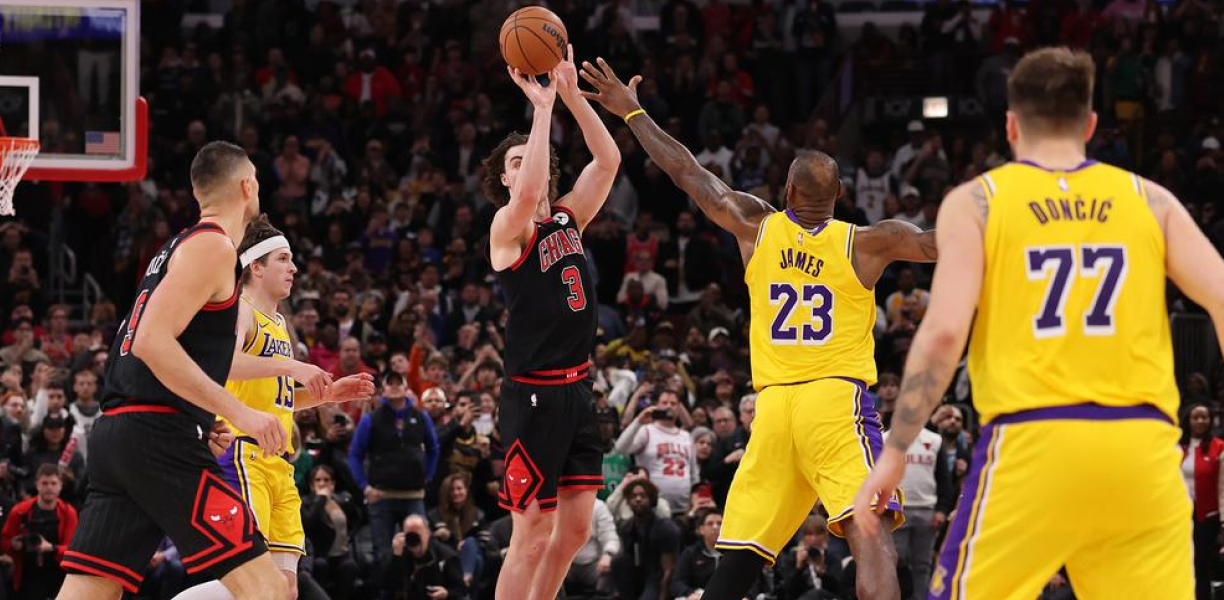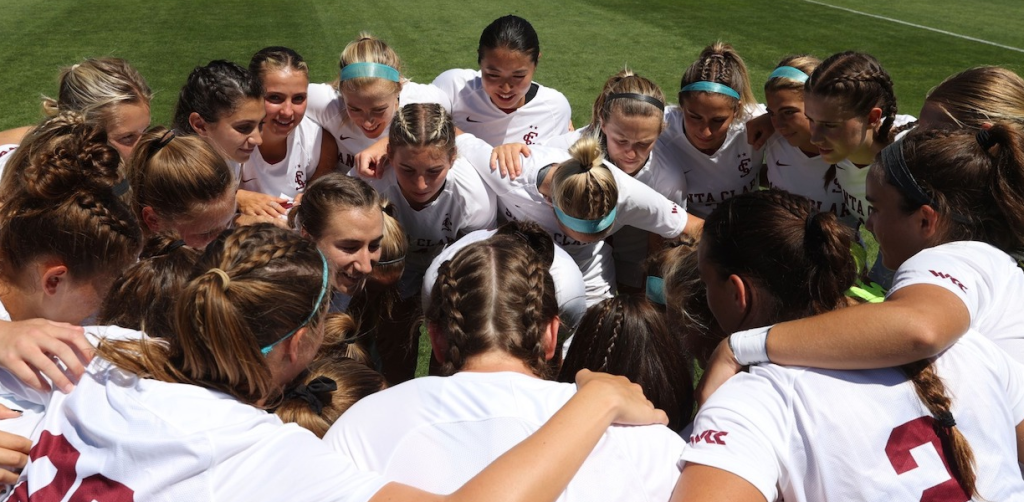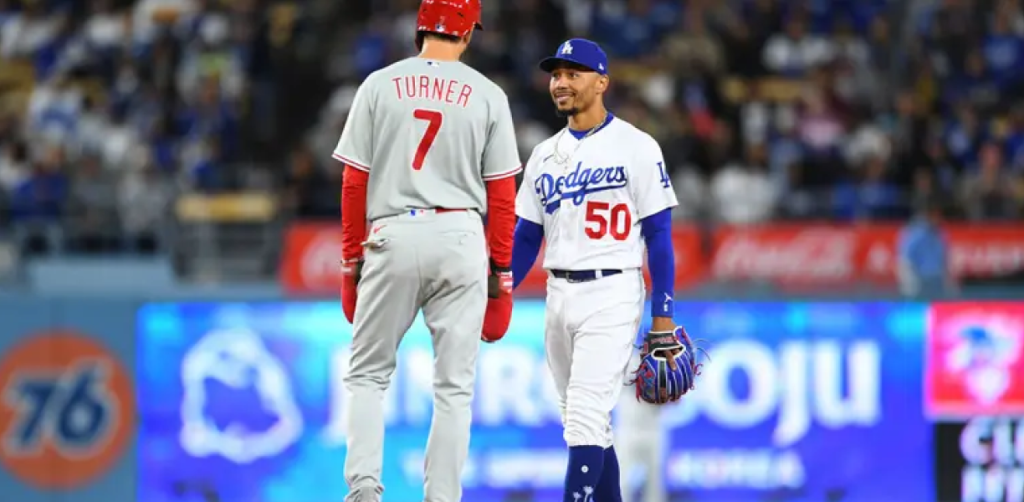A basketball player’s shooting performance is crucial for team success.
However, this is often influenced by environmental pressure and the score on the scoreboard, and suddenly players find it a lot harder to hit the shot that they usually have so much control over.
Research shows that shooting performance tends to dip under pressure, often because of rising anxiety and the extra mental load basketballers carry in high-stakes moments.
But what happens in a live game, where players are juggling multiple demands, reacting to unpredictable situations, and dealing with the real consequences of mistakes?
A recent study aimed to examine two main goals:
- Test how pressure influences performance. They created two types of environments, one low-pressure (LEM) and one high-pressure (HEM).
In the high-pressure condition, players faced more rules, unpredictable cues, and real consequences for errors, while also needing to multitask.
- See if inhibitory control (IC) matters. IC is an athlete’s ability to manage automatic reactions, focus attention, and control responses.
The researchers wanted to know if athletes with stronger IC could perform better under pressure.
The results of the study showed:
- More pressure = more anxiety. Players reported higher anxiety and frustration in the high-pressure setting, and their mental workload spiked.
- Performance dropped. Shooting accuracy and multitasking performance declined when the task was more complex and the stakes were higher.
- IC made a difference. Players with stronger inhibitory control were better at managing anxiety and maintaining performance despite the added stress.
Pressure changes not just how athletes feel, but how their minds and bodies work together.
When task demands are more than capacity, anxiety and workload can undermine performance.
But cognitive skills like inhibitory control can act as a buffer, helping athletes stay composed and effective under stress.
The researchers also offered practical guidance to coaches and athletes.
Training shouldn’t only focus on isolated, low-pressure drills.
Instead, gradually increasing task complexity and consequences in practice can help athletes build the coping strategies they’ll need when the game is on the line.
In other words, pressure can be trained.
Using mental performance strategies like breathing exercises, cue words, and visualization can also help athletes prepare for these situations and perform more effectively when pressure is high.





